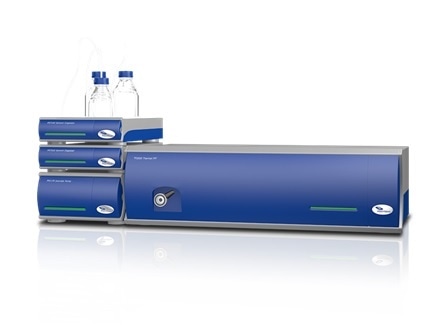Postnova Analytics reports on an informative new book** that introduces scientists to thermal field-flow fractionation and discusses its advantages over the fundamental problems associated with traditional column-based analytical techniques commonly used to characterize polymers and macromolecules.

Thermal field flow fractionation (TF3) is an exciting technique that provides a highly efficient method of separating and characterizing complex polymer samples such as natural or synthetic rubbers, starches and paints from approximately 5 kDa up to 1000 MDa and more in both organic and aqueous solvents. The TF3 technique uses a gentle temperature gradient as the driving force for its separation of polymers and particles, meaning there is no packing material present to interact with the sample and no high shear forces.
Molecules affected by the thermal gradient undergo diffusion which enables separation by both their molar mass and chemical composition. This unique feature allows the separation of different materials having the same molar mass. The separation can be further optimized by the use of different eluents and various temperature programs.
Drawing upon proprietary Postnova Analytics TF3 technology, the TF2000 system is able to separate polymers and particles at the same time without the limitations associated with GPC/SEC. Unlike traditional GPC/SEC separation, no sample treatment is necessary with the Postnova TF2000 as samples can be injected without pre-filtration. This allows the characterization of complex polymer and nanoparticulate samples without any potential alteration and damage. To enable scientists to fully realise the wide applications potential of the TF3 technique, the Postnova TF2000 system is available with various add-on modules and special FFF detectors including Refractive Index, Viscometer and Multi-Angle Light Scattering (MALS).
For further information on 'Thermal Field Flow Fractionation of Polymers**' by Professor H Pasch and Dr G Greyling please visit https://www.springer.com/de/book/9783030106492.
For further information on the TF2000 please visit www.postnova.com/tf2000-overview.html or contact Postnova Analytics on +49-8191-985-6880 / +44-1885-475007 / +1-801-521-2004 / [email protected].